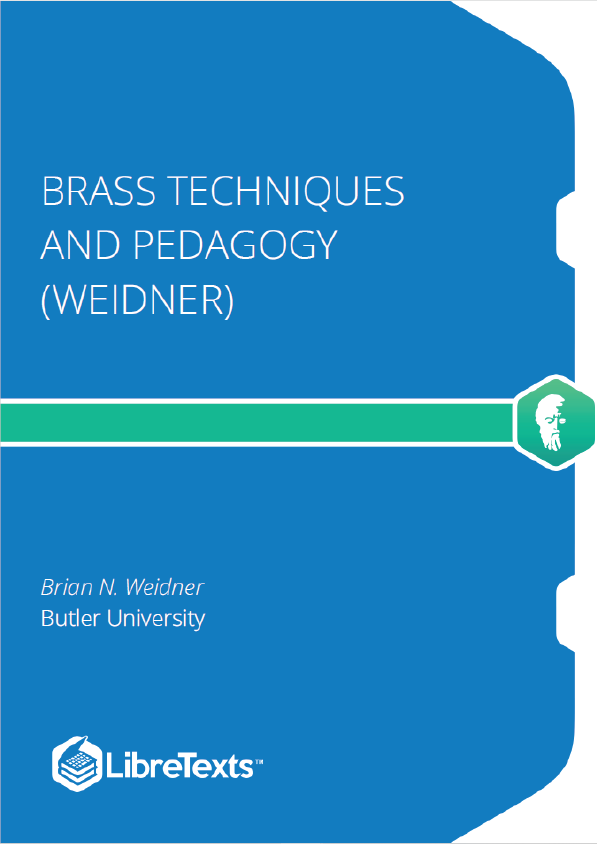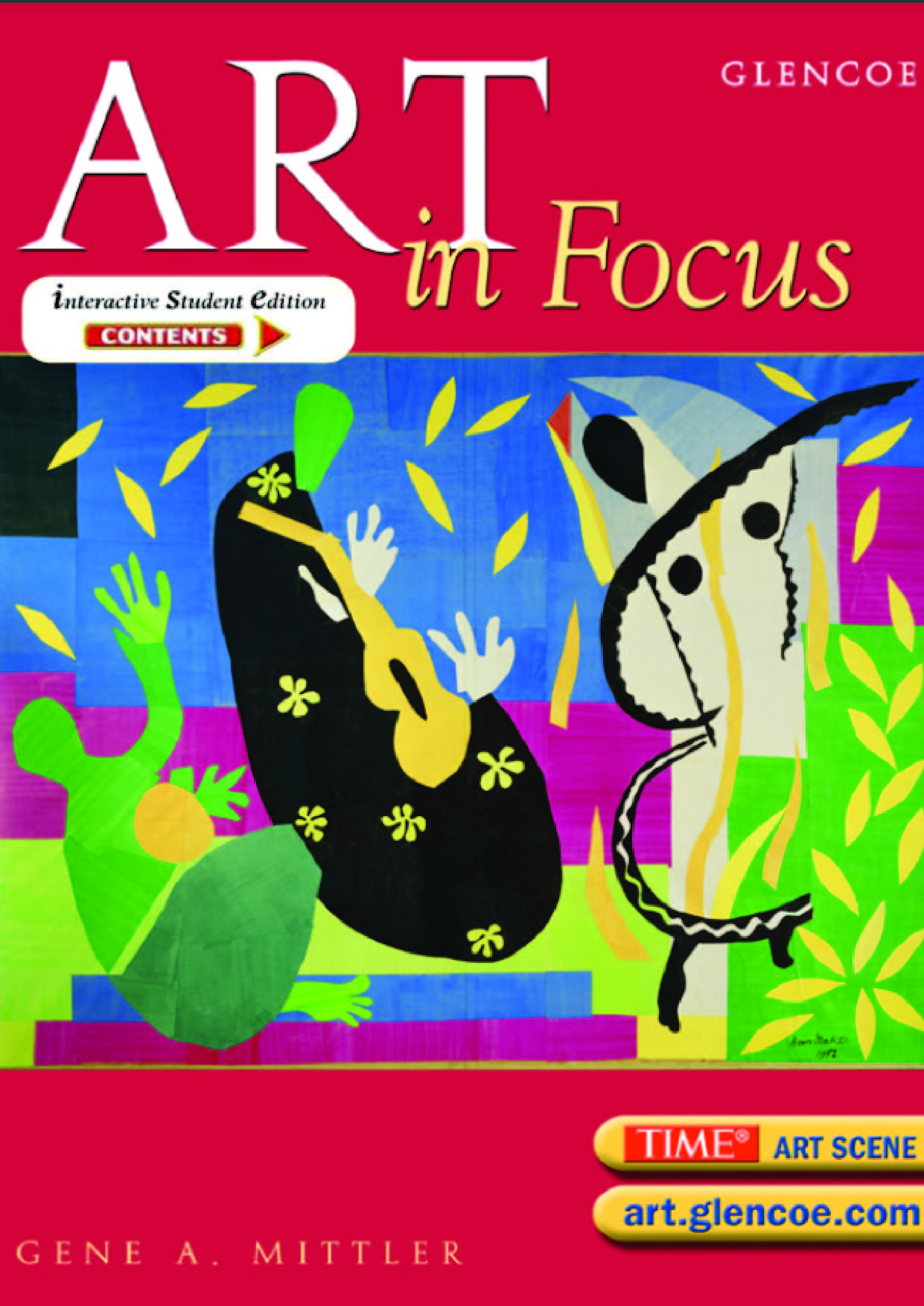Brass Techniques and Pedagogy is intended to serve as a guide for the band music educator. The text is written with the non-brass playing music education student in mind and focuses on developing beginning levels of brass technique alongside a more expansive understanding of brass fundamentals and pedagogy. While a basic level of technical proficiency will be developed throughout this text, the ability to teach beginning to intermediate brass players effectively with sound pedagogy is the primary purpose of this text.
Brass instruments include a broad family dating back thousands of years in nearly every major culture of the world. The term brass is somewhat deceptive, as brass instruments can be made of any hard material, including animal horn in the Hebrew shofar, termite-carved eucalyptus for the Aboriginal didgeridoo, snail shell for the conch, spruce in the Swiss alphorn, and PVC in the modern-day P-Bone.
There is one element that characterizes all brass instruments. Unlike other families of instruments, the sound of the instrument initiates from the human body, specifically, the vibration of the lips as air passes between them. The mouthpiece serves as a collector of this buzzed sound, and the body of the instrument amplifies and clarifies this timbre to create what we characterize as a brass sound.
This shared trait allows brass instruments to share many characteristics in terms of their technique. All brass instruments use the same overtone series, which dictates how the instrument is manipulated in performance. All valved or rotored brass instruments (all standard band and orchestral brass except the trombone) also utilize the same fingering systems. These commonalities allow for an ease of concept transfer between brass instruments. In essence, once you learn the concepts for playing one brass instrument, you can easily transfer those ideas to other brass instruments.
As a music educator, you can use these similarities to help you to teach your students. While each instrument has its own details and challenges, many of the concepts are transferable. Throughout this text, an emphasis will be placed on these similarities which you can use to diagnose problems, propose solutions, and provide quality instruction. Specifically, two concepts will be returned to over and over:
Air is critical for all brass playing. It should be free flowing and relaxed, starting from deep in the torso. When breathing as a brass player, it is critical that the throat is open and that the breath is deep. On the exhale, brass players focus on steady air usage supported by core muscles.











